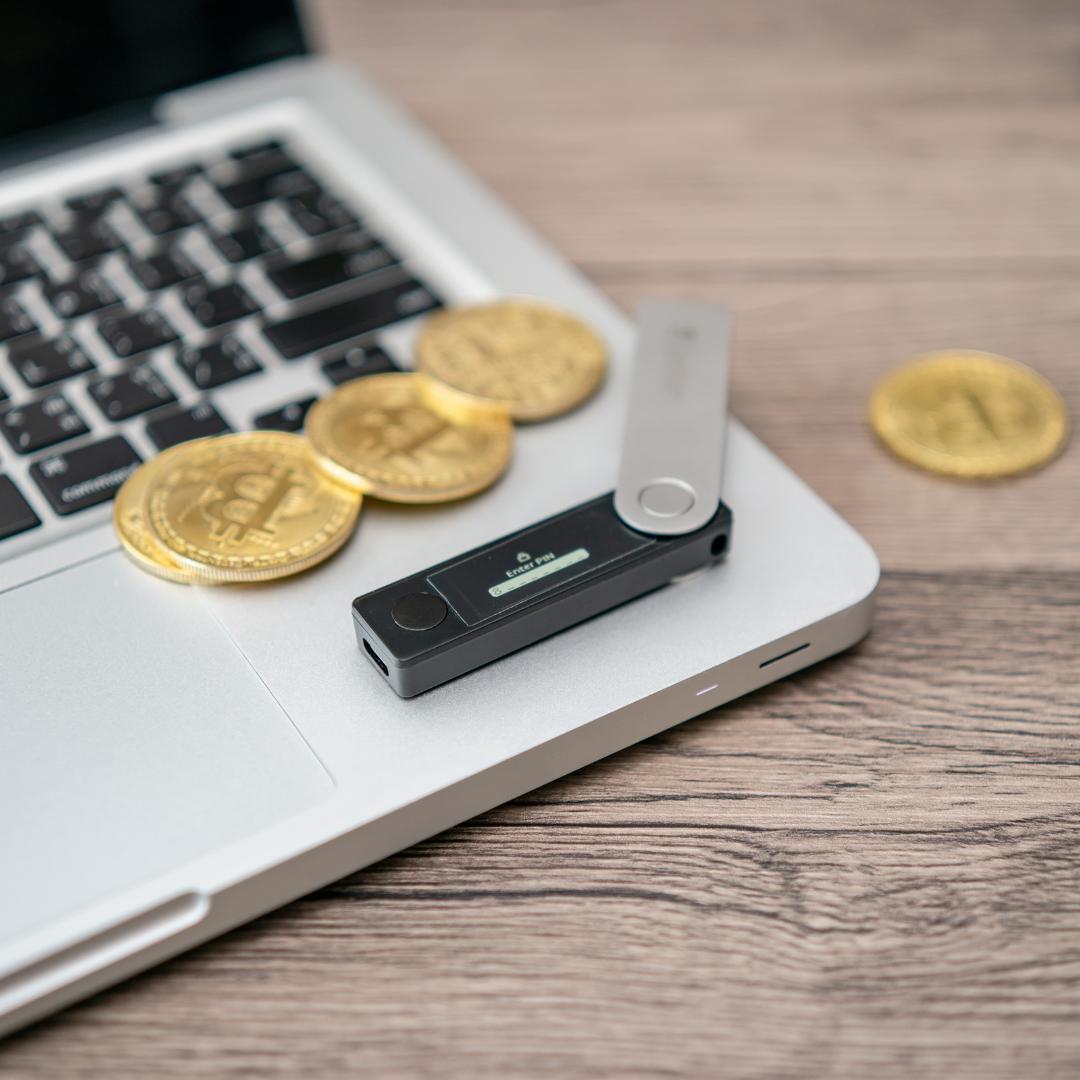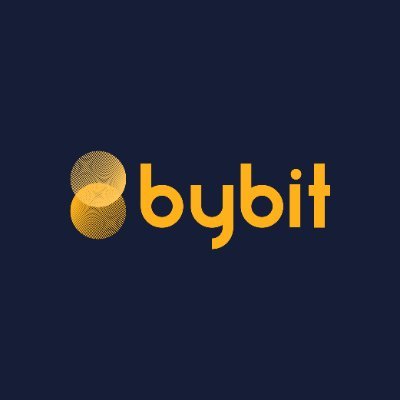
Bitcoin: What you need to know
There has been an explosion of media attention on Bitcoin and other digital currencies recently. You can read about them, hear about them, chat with friends about them…and invest in them. If you’re intrigued and want to learn more, there is a lot to know. Here are some essential facts to get started.
Table Of Contents
- What is Bitcoin?
- Who created Bitcoin?
- How does Bitcoin work?
- How do you buy and sell Bitcoin?
- How do I Store Bitcoin?
- Pros and cons of investing in Bitcoin
- Conclusion
- Where to Learn More
What is Bitcoin?
Bitcoin is a digital currency, also referred to as a cryptocurrency because the technology behind it uses cryptography.
Bitcoin was created in 2009 by an unknown person using the alias Satoshi Nakamoto. The system is based on mathematical proof and public key cryptography. As opposed to traditional currencies such as dollars or euros, Bitcoin does not have a central bank and is not controlled by any government or organization. Instead, it is a digital currency maintained by a network of computers that anyone can use.
Bitcoin uses peer-to-peer technology to facilitate instant payments. No central authority issues new Bitcoin and transactions are monitored and distributed across the network by the Bitcoin protocol.
The early supporters included Wei Dai, the creator of b-money and Nick Szabo, who also created bit gold. In 2010, Hal Finney downloaded the first blockchain transaction from Satoshi Nakamoto at MIT. In 2011, You can start purchasing bitcoins from MtGox.
To use Bitcoin, users must have internet access and a digital wallet. Bitcoin transactions are verified by network nodes through the use of cryptography and recorded in a public distributed ledger called the blockchain. Bitcoin can be transferred between users via private keys or public keys.
One unit of this cryptocurrency is called a satoshi (symbol: BTC), which is one hundred millionth of a Bitcoin.
1 Satoshi + 0.00000001 BTC
There are 100,000,000 satoshis in a BTC.
As of November 2022, there are over 200 million Bitcoin wallets and more than 100 million Bitcoin owners.
Bitcoin was the first cryptocurrency to introduce blockchain technology to the world economy. It has since become the most widely used virtual currency in history.

Who created Bitcoin?
Nobody knows. A person or group of people using the name “Satoshi Nakamoto” published the idea of Bitcoin in 2008, and since then Bitcoin has been completely decentralized with no single person or group running the show.
Satoshi Nakamoto also disappeared from the public eye in about 2010, leaving behind a system that’s worked beautifully for the past decade.

How does Bitcoin work?
Bitcoin works a little differently than most other currencies. Instead of being issued by a government, it’s created when people solve mathematical problems. Computers create Bitcoin all over the world through a process called “mining”. People use their computers to solve complex math problems and are rewarded with Bitcoin when they solve these problems. The more people mine, the more difficult the math problems become and the more Bitcoin is generated. Once Bitcoin has been mined, it is stored in digital wallets like a bank account. This is what makes Bitcoin virtual currency; it is not printed or centralized.
The mechanics of Bitcoin are complex, but the bottom line is that it’s a digital currency that exists online only. And despite what you may have heard, Bitcoin is accepted as payment in many places. There are thousands of online stores that accept Bitcoin, you can check them out here.
The real magic of Bitcoin is that the transaction happens instantly, anywhere in the world. That’s because the transaction is recorded on a global network of computers. No one owns the network and there are no servers. A network of “miners” around the world run computers that keep the network running and earn Bitcoin in exchange.

How do you buy and sell Bitcoin?
Let’s say you believe in Bitcoin’s potential and you want to invest some of your savings in it.
Buying Bitcoin and other Cryptocurrencies on exchanges like Binance, Kucoin, Bybit or Crypto.com is the easiest method.
First, you’ll need to open an account at a cryptocurrency exchange. Keep in mind that each exchange has its own rules and regulations and you’ll probably need to pass a background check, and provide proof of residence.
Once you’ve opened your account, you can trade U.S. dollars or other currencies for Bitcoin. There are plenty of exchanges out there, but be sure to do thorough research before making your choice. I recommend you the ones listed above (I will leave the links below for you)
Once you’ve bought Bitcoin, you can keep it in your exchange account, or you can transfer it to a different “wallet” like a mobile app or a hardware device (Ledger) designed to store your digital currency securely.
To sell your crypto you just need to transfer your crypto from your digital wallet to an exchange and sell it for dollars, euros or any other available currency in the exchange.
⬇️ EXCHANGE LINKS TO BUY CRYPTO ⬇️
How do I Store Bitcoin?
After you buy Bitcoin, you need to store it.
First, you’ll need a digital wallet that you can use to store your Bitcoin.
There is the option of leaving it stored in an exchange like Binance or Kucoin, but this is not a good idea as you don’t own your private keys.
Most people choose to use a software wallet like exodus, or a cloud wallet, like Metamask on a computer or mobile device as they are the easiest and most convenient.
Anther safer options include hardware devices like Ledger or Trezor designed to securely store your Bitcoin on physical devices that are tamper-proof and immune to hacking. They use advanced cryptography to keep your Bitcoin safe, and they come with a number of other benefits, such as the ability to recover your funds if your device is lost or stolen.

Pros and cons of investing in Bitcoin
The following are the most frequently mentioned Bitcoin advantages:
- Bitcoin is pseudonymous, and anyone can obtain a wallet via the web without providing identification or credit history. Due to its lack of bank access, in addition to its pseudonymous nature, Bitcoin is particularly useful in underbanked locations and developing countries.
- The speed and price of international payments using Bitcoin are better than with traditional banks and services.
- Bitcoin’s value is set to rise in the long term, as opposed to fiat currencies.
- Bitcoin is the only asset created that cannot be confiscated by force (if protected properly). Besides, transactions are non-censorable, which means no one can obstruct your financial transactions.
- You may spend Bitcoins using the same techniques you use to spend traditional digital currency on a desktop computer, mobile phone, or debit card.
- Because it is the most open financial system ever, Bitcoin has the ability to send payments worldwide 24/7, even in places with no banking system.
- Bitcoin is the most portable asset ever created.
- The multi-signature feature on Bitcoin enables multiple individuals to approve a transaction, providing greater protection. Because blockchain transactions are public, transparency is improved in companies.
- Bitcoin disrupts the monopoly of money by offering an alternative to people who distrust their government, certain institutions, or politicians, or simply believe in the power of decentralization.
- Using the Lightning Network, you can now make small, cheap purchases like buying tea, groceries, or tipping online without having to use Bitcoin.
Bitcoin’s most common disadvantages are:
- Because Bitcoin’s core ideology runs counter to the most powerful institutions, governments, politics, banks, regulators, and censorship, it is likely to encounter much opposition before these players can tolerate or approve it.
- No regulatory oversight when things go south.
- While the Bitcoin network is virtually unhackable, organisations and individual users are susceptible to cyber-attacks.
- Once Bitcoin funds are removed from your wallet, there is no method to retrieve them. Although many reputation management applications are being created, “buyer protection” does not exist with Bitcoin. In contrast to fraudulent chargebacks, merchants may benefit from accepting cryptocurrency because it eliminates the possibility of chargebacks.
- Converting Bitcoin into fiat currency is costly.
- Many individuals are incapable of safeguarding their Bitcoin keys and are therefore unable to manage them. Bitcoin has risen in value due to deflation and appreciation, as many individual Bitcoin keys are lost for good.
- Bitcoin transaction speed and fees tend to vary depending on mining efficiency and network congestion.
Conclusion
Congratulations! You’ve just learned more about Bitcoin than 99% of the people around you. It went pretty smoothly, didn’t it? As you can see, Bitcoin was built with one goal in mind: to give you back financial freedom. It’s clear that Bitcoin was built with security and privacy in mind. In the last few years, we’ve witnessed the monetary revolution.
To get a deeper insight into how Bitcoin functions there are other posts on Bitcoin or you may check our courses.
You are welcome to post any questions or comments below.









